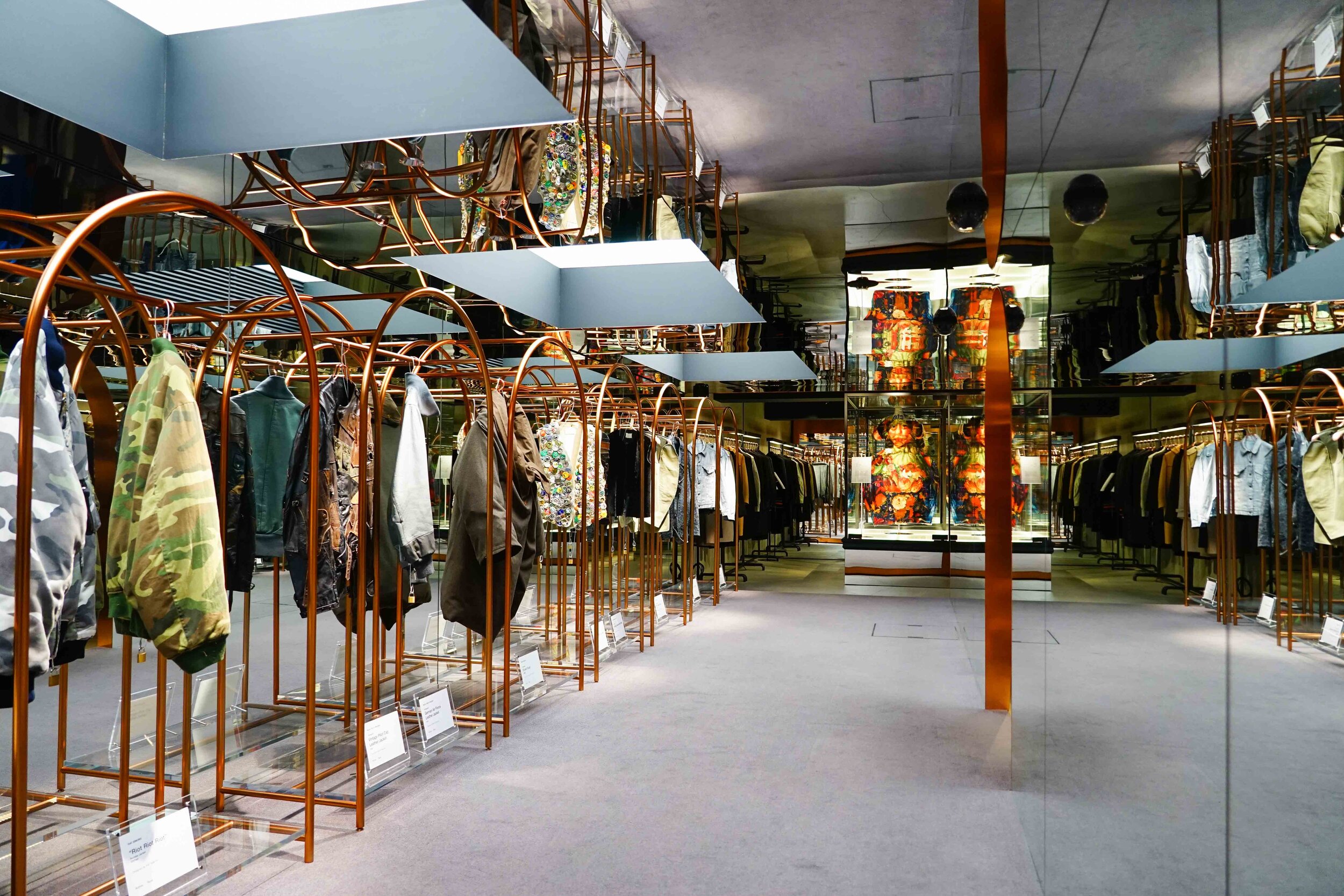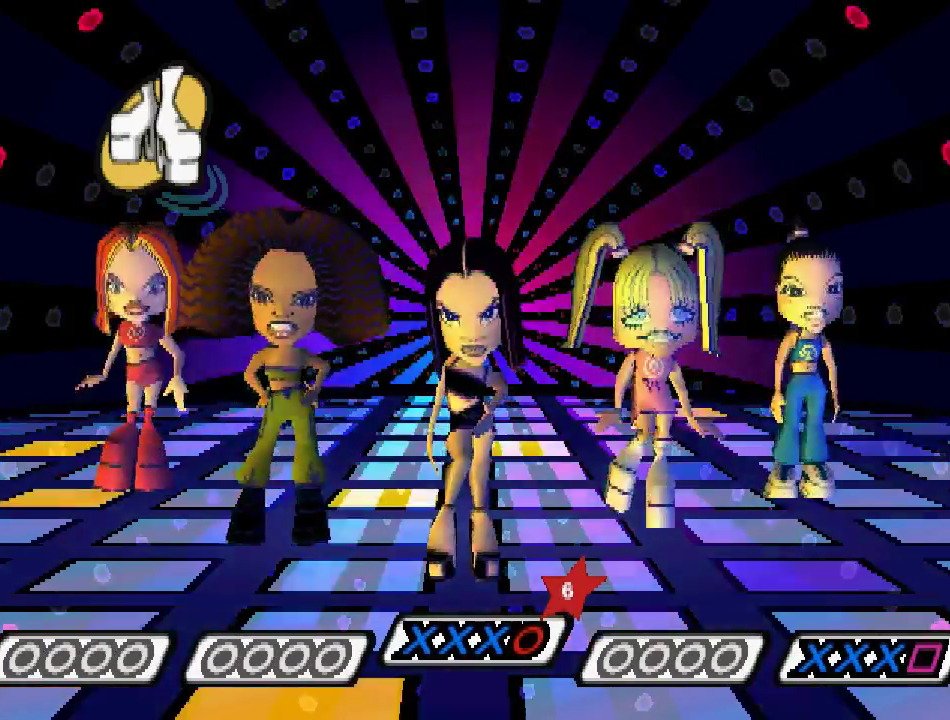Self-Expression in a digital world: Fashion, Creativity and Protest

Over the past few months, perhaps for the first time in our lives, we have led a predominantly digital existence.
Unable to connect beyond our screens, it’s unsurprising that we turned to technology to fulfil a sense of community.
Zoom became a pub quiz, Instagram an educational space, and Animal Crossing a runway.
However, as restrictions lift, and we come closer to our pre-corona way of life, will this trend have longevity?
At first, many looked to digital platforms for escapism. Animal Crossing: New Horizons, sold tens of millions of copies throughout the strictest weeks of lockdown. Cute avatars, talking animals, and lush islands provided a safe bubble far removed from COVID-19. But that’s not why Animal Crossing has dominated the news: it’s continued to provide a place to connect and express ourselves.
One of the ways you can do this is clothing - on Animal Crossing you can design your own. No doubt you’ve already seen the fashion shows and designer imitations. If not, Instagram is now home to many digital galleries and archives, all dedicated to bringing you the best in Animal Crossing fashion.
There’s a huge array of genres to explore, from high fashion to horror. We’ve even seen a blobfish hat: a fine example of silliness and escapism combined.
However, as platforms such as Animal Crossing form a stronger extension of our daily lives, it has become harder and more frivolous to solely use them for fun. Increasingly users have used digital fashion to voice support and concerns, as well as protest real-world events. These have included the Black Lives Matter (BLM) movement, Hong Kong protests, PETA demonstrations, and Pride events.
This support has not come without some censorship issues both on and offline:
Fan-developed website Nookazon, which is an Animal Crossing marketplace, made efforts to remove BML content from its discord.
China pulled the game from its stores following its use by Hong Kong protestors.
A homage to Sports Banger’s ‘Fuck Boris’ has been removed for violating Nintendo’s code of conduct (mirroring a real-life recent incident where a woman was stopped for wearing the T-Shirt in real life under the Section 5 Public Order Act).
Perhaps this censorship is testament to Animal Crossing’s influential potential. It certainly has the ability to reach a wide user base, which has, in turn, encouraged gamers to express themselves, to meet others who share their passions and beliefs.
The variety of user-generated content makes the game a special place to engage with a wide range of important contemporary issues. With this in mind, it’s not surprising that some have asked if Animal Crossing is going to change our relationship with fashion forever.
This is an interesting idea, but does it stick? After all, Animal Crossing is not the first game to experiment with either digital fashion or protest. Entropia Universe, Second Life, and Stardoll present a few precursors you may (or may not) have heard of.
They’ve each had some pretty influential moments, which we’d like to celebrate and explore. After all, they say you need to look to the past to understand the future.
Entropia Universe - 2003
Entropia Universe is a multiplayer virtual universe launched at the beginning of 2003.
They created an entire city dedicated to culture and the arts called ‘New Oxford’. The city was designed in conjunction with a Swedish artist named Ernst Billgren and featured many partnerships within the artistic community. There were virtual art galleries and lectures by renowned figures of the time.
Fashion was also important in New Oxford: Vexed Generation had a shop on the bottom floor of the 'Hjorten' building. You could buy the cult brand’s ‘Ninja Hoodie’ for your virtual wardrobe, it would cost you real money though.
If you’ve not heard of Vexed here’s a brief run-through: the brand launched by Adam Thorpe and Joe Hunter in 1994 as a response to London’s urban environment and The Criminal Justice Bill. Their designs were ahead of their time, function led, and political. Think elongated parka’s, padded to cushion the wearer from police batons, with integrated face masks to avoid CCTV and protect from air pollution. 15 years on, their reference points are still overwhelmingly relevant to modern urban life.
Choosing to dress in Vexed Generation continues to be a small act of protest in itself, be it on or offline.
Second Life - 2003
You can’t talk about digital fashion without talking about Second Life - one of the most infamous virtual worlds of the naughties. It only took a few years for the site to get recognised by some pretty major brands, including Adidas. Their virtual store even featured a ‘bounce’ floor, so that you could make sure your sneakers put an adequate spring in your avatars step.
The shoes retailed at 100 Linden Dollars, which is Second Life’s virtual currency. This would set you back about $ 0.313, according to today’s exchange rate. That’s a pretty sweet deal considering they’ll stay fresh forever.
Apps like Blender and Photoshop also allowed users to create their own clothes. These apps aren’t as easy to master as Animal Crossing, but the scope for variety (and expression) is larger. This freedom gave rise to numerous protests across the game’s history from IMB protests in 2007 to anti-trump protests in 2017. If you’re interested in the latter, there’s a Flickr group named ‘avatars against trump’ which features, well, just that.
Star Doll - 2006
Stardoll was the go-to destination for fashion-obsessed tweens growing up in 2006. Styling paper dolls may not immediately scream revolution, but do not be mistaken, Stardoll reaches a massive fashion community. In its heyday, it was the largest teen site in the world - reaching over 400 million MeDoll avatars back in 2016.
They’ve had some pretty major collaborations ranging from Barbie to DKNY. The Starplaza even included a Sephora stand where you could try on Kat Von D Makeup… There’s still YouTube tutorials on how to perfect the coolest, virtual, makeup looks.
In 2011 they launched Star Design, allowing their users to design clothes, furniture, jewellery and hair which you could sell. Top sellers had the chance to earn the coveted title of ‘Top Designer’. Ah, the impossible dream.
Whilst protest isn’t as widely seen on this site, there are numerous forums and blogs for user’s to share and discuss their opinions.
Instagram - 2018 (Filters for Stories)
Filters. What Snapchat started Instagram perfected. Since August 2019, anyone has had the ability to design and upload their own filters to the site. What’s even better is that you can do it for free, thanks to the host of open-source software that’s available at the moment. Spark AR Studios is a good place to start.
The Fabricant - 2018
Although not a game, or social media platform, The Fabricant is an important brand to include when discussing virtual clothing and accessories. They’re a digital fashion house with aims to move the industry towards more digital-only clothing, arguing that digital environments provide greater scope for expression and creativity (outside the laws of physics).
They’ve worked with brands like AAPE+ by A Bathing Ape to create fashion simulations for internal communication and marketing. Recently they sold the world's first ‘digital-only’ dress on the blockchain for $9500 which included a ‘digital fitting’. If that's outside your budget, they also offer free downloads, providing a sustainable and cheap way to switch up your look.
Or… if you fancy getting creative, look to software like Clo3D to make your own.
There’s no doubt that we’ve skimmed the tip of the iceberg with this highlight reel. But even this selection shows the variety of outlets that have existed for digital fashion, and by extension digital protest. Collectively they have influenced how we interact digitally, and enhanced our ability to express ourselves remotely.
In the present day, there’s no doubt that this holds a lot of potential. The pandemic has made us more aware than ever of the fragility of our material world. It has also forced many of us to question our identity in the absence of social interaction. This is powerful. Especially when considered alongside fashion’s sustainability issues, which we are all acutely aware of.
Despite spending the last few months in isolation, our preoccupation with reinvention is still strong. Digital fashion can cater to this need for experimentation and expression far better than fast fashion ever could. It is also reactive, and proactive, in a way that can’t exist in the material world.
This agility lends itself so well to protest.
This is revolutionary. But, can we attribute this to one platform, such as Animal Crossing? And crucially, is digital fashion here to stay?
If our look to the past reveals anything, it is that the internet is in a constant state of evolution, with no single source attributing to our changing relationship to self-expression. One thing is apparent: digital clothing has been around for over 15 years and our current climate seems to warrant an increase in relevance.
What interests us is how we’ll use it. Arguably, the most exciting area of digital fashion is the ‘DIY movement’, which has seen an influx of creativity throughout lockdown. This is thanks to the pioneering members of the digital community. A round of applause to the developers of open-source apps, the YouTubers who film tutorials and you, sat at home, giving it a go.
We hope this spirit continues long into the future. However, as we return to our commutes and our lives become more full, will this be a reality? We’ve seen that you don’t need money to create, but you do need time - a commodity many don’t normally have. But maybe, just maybe, the new normal will allow for this.
Only time will tell.
ABOUT THE AUTHOR
Belle Batkin designs and makes stuff. Her favourite conversations are about the future.









